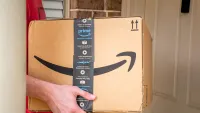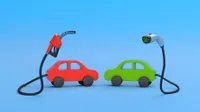Amazon Prime Members Can Now Save Nearly $70 Per Year on Gas
Amazon Prime members can save 10 cents per gallon at select gas stations. See how to sign up for discounts.

Elena Terrazas Chesney
With the new tariffs looming, U.S. consumers could soon see a spike in gas prices. One way to beat those rising costs at the pump is with an Amazon Prime membership.
One of the major online retailer’s latest perks allows members to save 10 cents per gallon at select bp America, Amoco and ampm gas stations across the U.S.
For most drivers, that’s an average savings of nearly $70 per year — or nearly half the cost of an annual Prime membership, and just the latest in a long line of perks from the ecommerce giant.
From just $107.88 $24.99 for Kiplinger Personal Finance
Become a smarter, better informed investor. Subscribe from just $107.88 $24.99, plus get up to 4 Special Issues

Sign up for Kiplinger’s Free Newsletters
Profit and prosper with the best of expert advice on investing, taxes, retirement, personal finance and more - straight to your e-mail.
Profit and prosper with the best of expert advice - straight to your e-mail.
In fact, in 2025, Amazon plans to add an electric vehicle charging savings offer with bp pulse, bp’s electric vehicle charging business. Details will be revealed later this year.
If you aren't a member yet or have been thinking about whether you should cancel Amazon Prime, it's worth doing the math on how much you could save on gas by activating the 10 cents per gallon discount.
Learn more about how to enjoy savings at the pump as an Amazon Prime member.
New customers receive Amazon Prime free for 30 days. Enjoy expedited shipping, discounts on fuel and unlimited photo storage.
How to save at the pump with Amazon Prime
To activate the 10 cents per gallon savings, Prime members can visit amazon.com/fuelsavings. You’ll need to set up a free earnify account with bp and then link it to your Prime account.
You can then use bp's earnify app store locator to find the nearest bp, Amoco or ampm gas station where you can save.
To redeem at the pump, simply input your phone number or pay with whatever payment method you’ve linked to your account. You'll enjoy a discount of five cents from earnify and five cents from Amazon Prime, for a total of 10 cents off per gallon.
Amazon Prime members can now save 10 cents per gallon, or nearly $70 per year on average, at select bp America, Amoco, and ampm gas stations across the U.S. To activate the 10 cents per gallon savings, Prime members can go to amazon.com/fuelsavings to activate the offer.
What other perks come with a Prime membership?
An instant 10 cents per gallon discount at the pump may be one of the best Amazon Prime benefits, but it's far from the only one.
Amazon offers many other ways to save on other essentials like groceries, prescription medications and more. As long as you take the time to learn about and use all the perks that come with membership, it's easy to make the $139 per year you'll fork out for Amazon Prime worth it.
The savings on gas can already make up for about half of that annual fee. Here are a few of the other benefits that may help you save even more:
- Free Prime delivery. Tens of millions of Amazon’s most popular items are available with free Same-Day or One-Day Delivery.
- Save even more with No-Rush Shipping. If you don't need your items overnight, Amazon offers either an instant discount or an automatic reward credit to members who choose the free No-Rush shipping option at checkout. You'll enjoy a little extra savings and still get your delivery within six business days.
- Exclusive deals and shopping events like Prime Day and Prime Big Deal Days. Last year, Amazon customers saved nearly $24 billion from deals and coupons alone.
- Access to a huge collection of premium programming on Prime Video and Prime member-exclusive live sports, including Thursday Night Football, WNBA, and
NWSL. - Ad-free access to more than 100 million songs and millions of podcast episodes with Amazon Music, which now includes Audible.
- Prescription medications as low as $1 per month and fast, free delivery from Amazon Pharmacy.
- Access to unlimited eligible generic prescription medications for only $5 per month (including free delivery) with RxPass from Amazon Pharmacy.
- Health care from One Medical for a discounted membership fee of only $9 per month (or $99 annually), with the option to add up to five additional family members for only $6 per month (or $66 annually) each.
- Unlimited grocery delivery on orders over $35 from Whole Foods Market, Amazon Fresh, and local grocery and specialty retailers in the U.S. with a $9.99 monthly or $99.99 yearly grocery subscription.
- Unlimited photo storage with Amazon Photos.
- Instant access to free games, a free Twitch channel subscription and more gaming benefits with Prime Gaming.
- Unlimited access to thousands of ebooks, audiobooks and magazines on Amazon Kindle is included with membership.
- A free Grubhub+ membership valued at $120 per year, offering unlimited $0 delivery fees on eligible orders.
The right credit card can help you save at the grocery store and earn rewards on dining out. See Kiplinger’s top credit card picks for groceries and food, powered by Bankrate. Advertising disclosure.
How to join Prime
Don’t have Prime? You can try a free 30-day trial when you sign up now. After that, keeping the membership will cost $14.99 per month.
If you opt to pay annually rather than monthly, you can get Prime for $139 per year. That's a savings of about $40 per year compared to the monthly membership.
Young adults ages 18-24 and college students can try Prime with a six-month trial and then pay a discounted rate of $7.49 per month or $69 per year. Qualifying government assistance recipients can try Prime Access free for 30 days and then pay $6.99 monthly.
Related Content
Profit and prosper with the best of Kiplinger's advice on investing, taxes, retirement, personal finance and much more. Delivered daily. Enter your email in the box and click Sign Me Up.

For the past 18+ years, Kathryn has highlighted the humanity in personal finance by shaping stories that identify the opportunities and obstacles in managing a person's finances. All the same, she’ll jump on other equally important topics if needed. Kathryn graduated with a degree in Journalism and lives in Duluth, Minnesota. She joined Kiplinger in 2023 as a contributor.
- Elena Terrazas ChesneyContributer
-
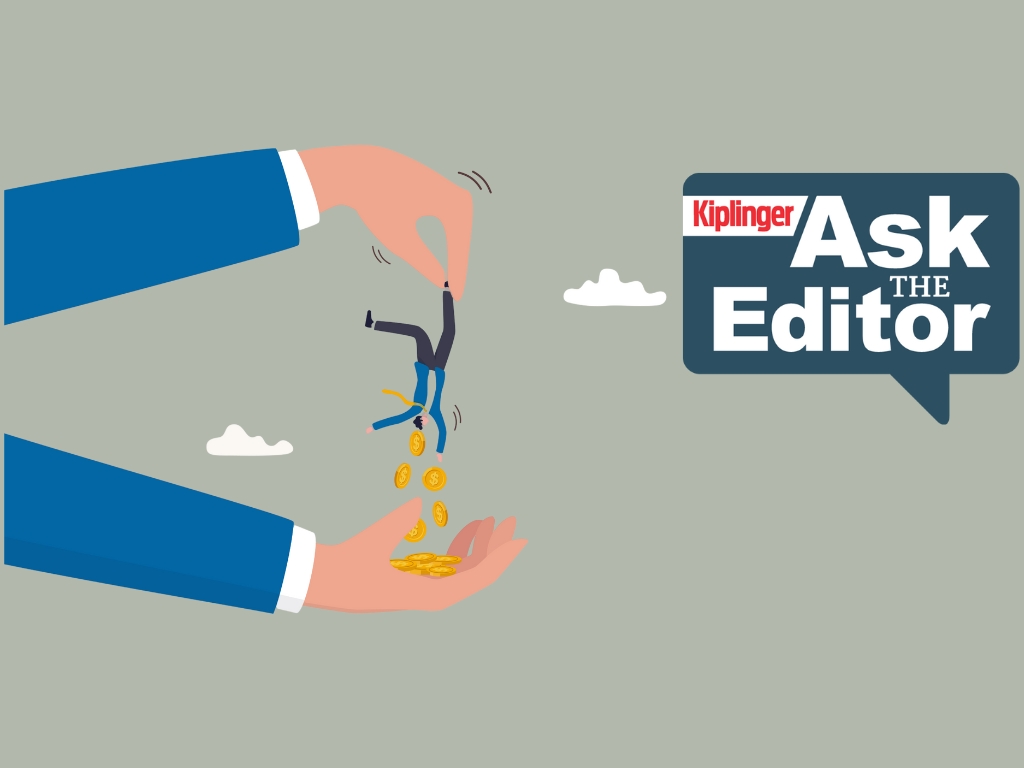 Ask the Editor: Capital Gains and Tax Planning
Ask the Editor: Capital Gains and Tax PlanningAsk the Editor In this week's Ask the Editor Q&A, Joy Taylor answers questions on capital gains tax rates and end-of-year tax planning
-
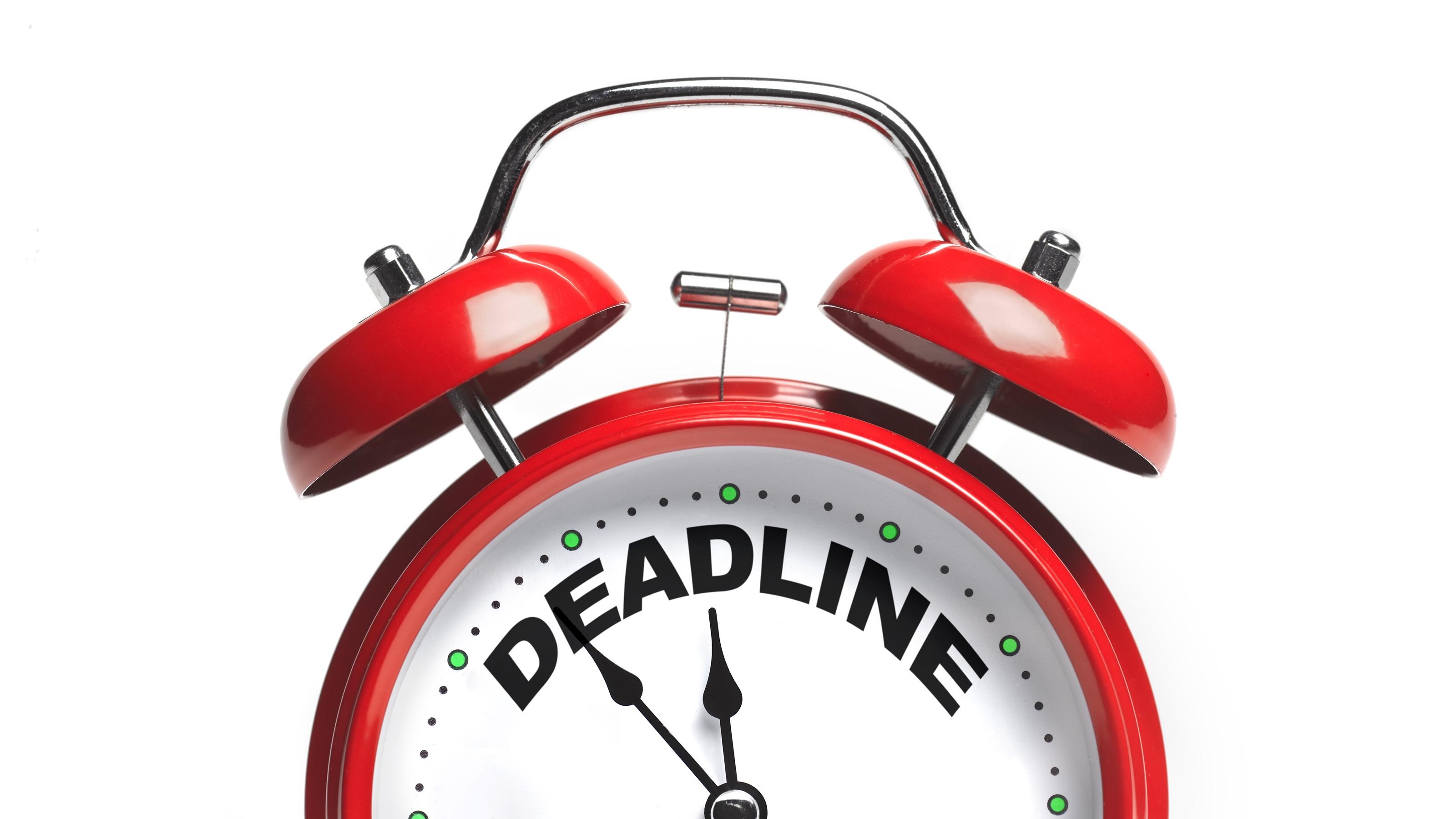 Time Is Running Out to Make the Best Tax Moves for 2025
Time Is Running Out to Make the Best Tax Moves for 2025Don't wait until January — investors, including those with a high net worth, can snag big tax savings for 2025 (and 2026) with these strategies.
-
 4 Smart Ways Retirees Can Give More to Charity
4 Smart Ways Retirees Can Give More to CharityFor retirees, tax efficiency and charitable giving should go hand in hand. After all, why not maximize your gifts and minimize the amount that goes to the IRS?
-
 4 Smart Ways Retirees Can Give More to Charity, From a Financial Adviser
4 Smart Ways Retirees Can Give More to Charity, From a Financial AdviserFor retirees, tax efficiency and charitable giving should go hand in hand. After all, why not maximize your gifts and minimize the amount that goes to the IRS?
-
 I'm an Insurance Pro: If You Do One Boring Task Before the End of the Year, Make It This One (It Could Save You Thousands)
I'm an Insurance Pro: If You Do One Boring Task Before the End of the Year, Make It This One (It Could Save You Thousands)Who wants to check insurance policies when there's fun to be had? Still, making sure everything is up to date (coverage and deductibles) can save you a ton.
-
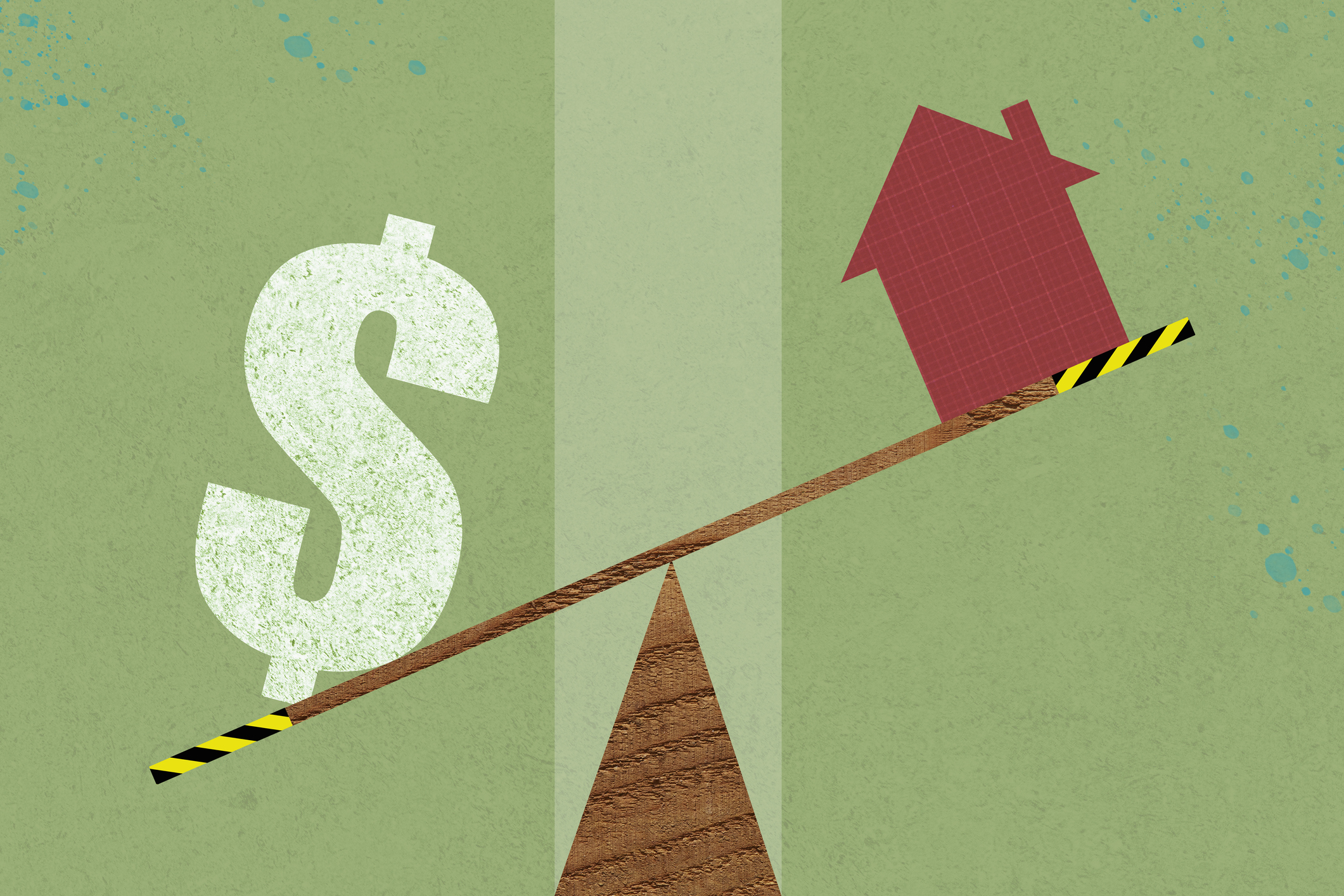 Should You Tap Your Home Equity Before 2026?
Should You Tap Your Home Equity Before 2026?As borrowing rates and tax law shifts converge, here's what homeowners need to know before pulling equity out of their home.
-
 'Politics' Is a Dirty Word for Some Financial Advisers: 3 Reasons This Financial Planner Vehemently Disagrees
'Politics' Is a Dirty Word for Some Financial Advisers: 3 Reasons This Financial Planner Vehemently DisagreesYour financial plan should be aligned with your values and your politics. If your adviser refuses to talk about them, it's time to go elsewhere.
-
 For a Move Abroad, Choosing a Fiduciary Financial Planner Who Sees Both Sides of the Border Is Critical
For a Move Abroad, Choosing a Fiduciary Financial Planner Who Sees Both Sides of the Border Is CriticalWorking with a cross-border financial planner is essential to integrate tax, estate and visa considerations and avoid costly, unexpected liabilities.
-
 21 Money Moves Smart People Are Making Before 2026
21 Money Moves Smart People Are Making Before 2026These steps can help trim your tax bill, boost your savings, lower your health care costs and set you up for financial success in 2026.
-
 A Financial Adviser's Guide to Divorce Finalization: Tying Up the Loose Ends
A Financial Adviser's Guide to Divorce Finalization: Tying Up the Loose EndsAfter signing the divorce agreement, you'll need to tackle the administrative work that will allow you to start over.
-
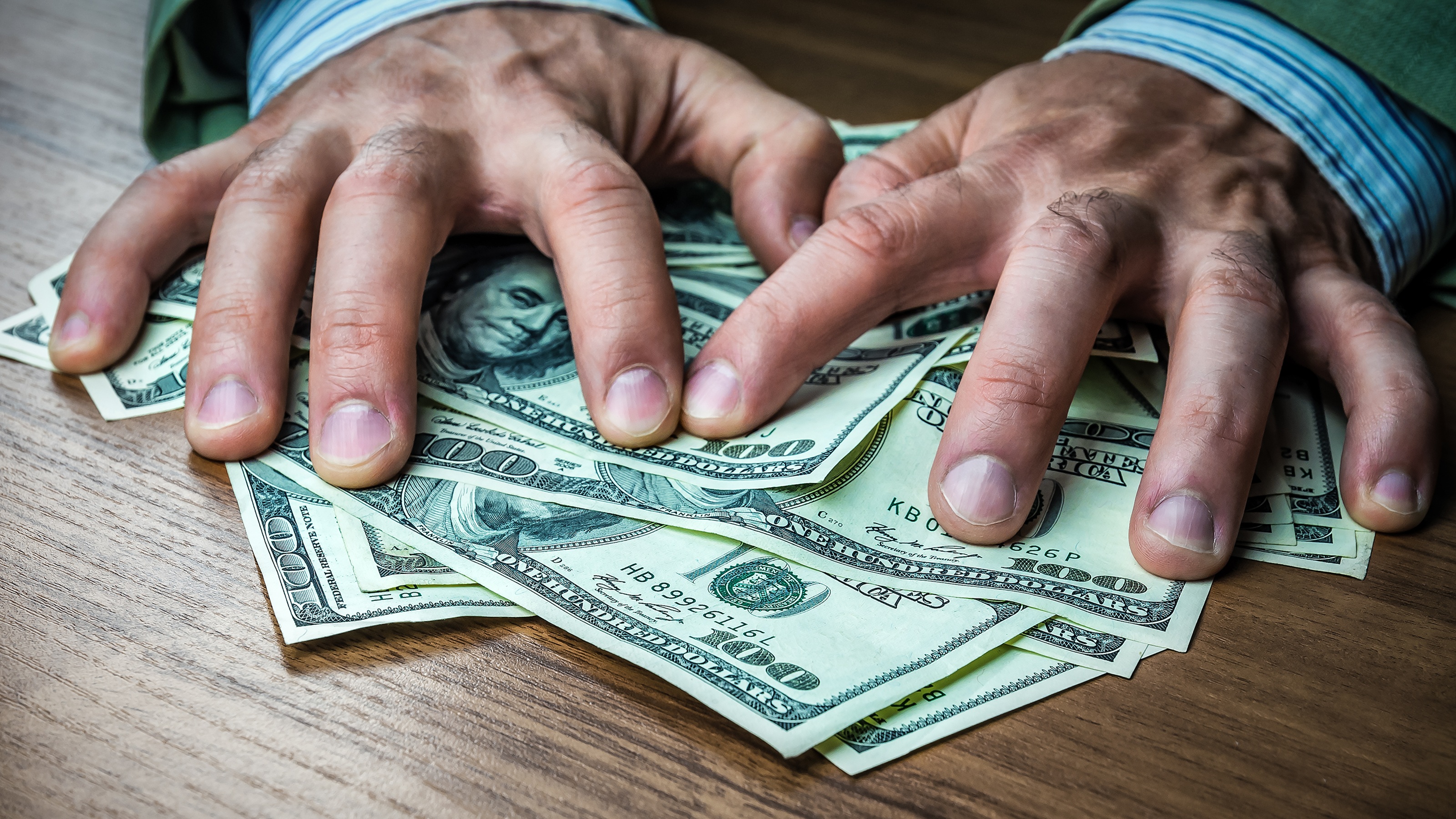 Uber Takes Aim at the Bottom Lines of Billboard Personal Injury Lawyers
Uber Takes Aim at the Bottom Lines of Billboard Personal Injury LawyersUber has filed lawsuits and proposed a ballot initiative, in California, to curb settlements it claims are falsely inflated by some personal injury lawyers.
